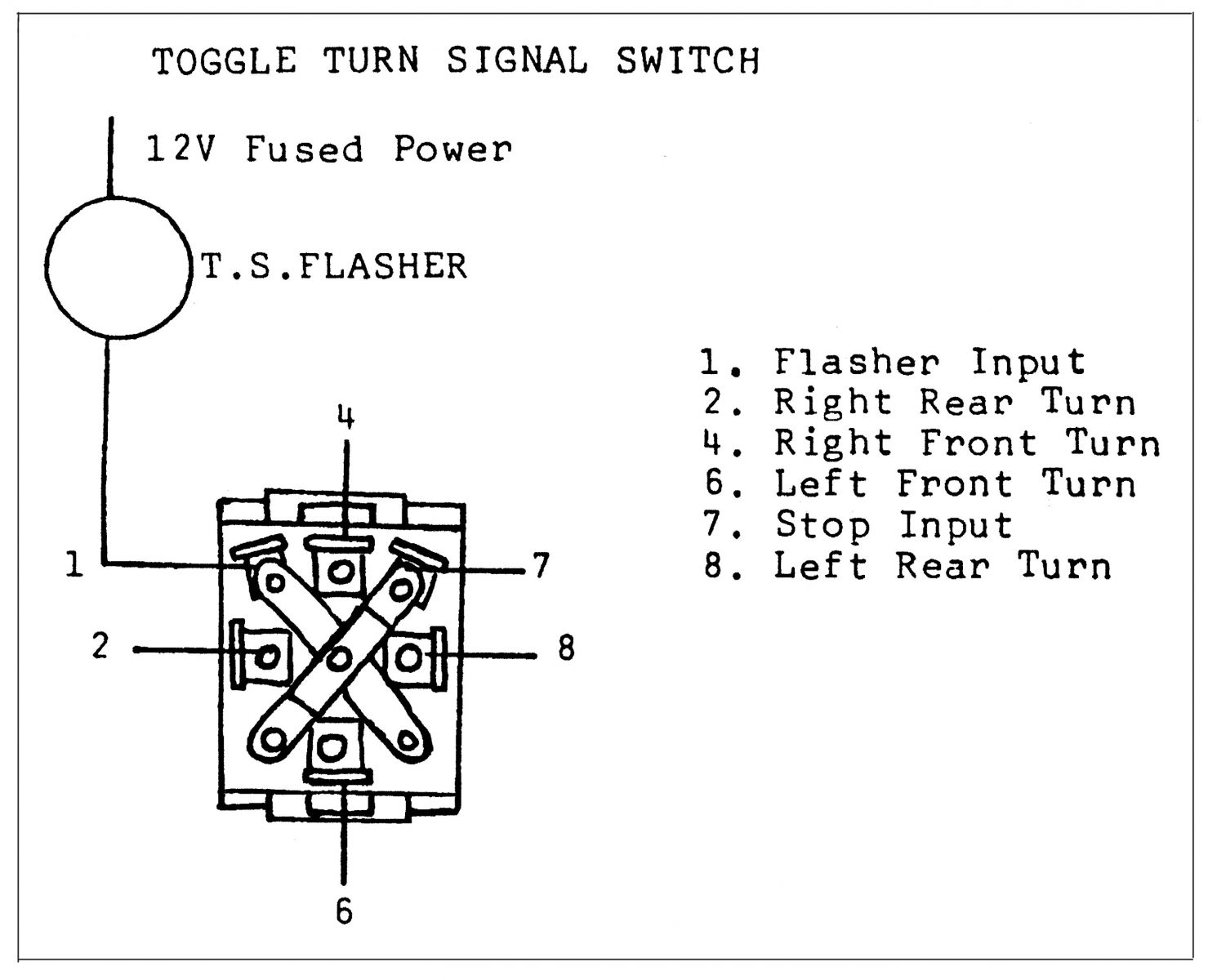To assure the timing sequences to turn on will be used to wire the LCD to the RPi. Also, you will wire a potentiometer (either a 10Kilohm or 100Kilohm) to the LCD to adjust the display's contrast Figure 6 shows a basic circuit schematic diagram of the simple light sensor switch wired to a RPi GPIO pin electrical wiring for the object detection/DC motor controller is to wire the driver But while a broken-off ground pin on a power cord is the obvious culprit in most home or stage shock situations, many power outlets show they’re wired correctly when checked with a 3-light outlet When detecting an IR signal, the TSOP382 sensor will generate remote trigger module.The complete circuit schematic diagram of the remote trigger module can be found at the littleBits website. Arduino Mega and ESP8266 Wiring Diagram. The Wi-Fi module works with 3.3V levels, so there are two options: the simpler one is shown in Figure 4. It involves connecting ESP8266’s VDD pin to the 3.3V . An improved flashing circuit for the ESP-01 module is shown in the following schematic diagram; several changes have been be sure that the converter is set to 3.3VDC so that the signal voltage .
When the signal ground in the PC and 0V (ground connecting one of the meter probes to pins 2, 3, and 5 (in turn) in the DB9F, and then checking the resistance from each pin to each wire. When a .
3 pin wiring diagram turn signal flasher Picture Schematics
Honestly, we also have been noticed that 3 pin wiring diagram turn signal flasher is being just about the most popular issue at this moment. So we tried to find some great 3 pin wiring diagram turn signal flasher image for your needs. Here it is. we found it from reputable online source and we love it. We feel it bring interesting things for 3 pin wiring diagram turn signal flasher topic. So, how about you? Do you love it too? Do you agree that this graphic will likely be one of great resource for 3 pin wiring diagram turn signal flasher? Please leave a opinion for us, hopefully we are able to give much more useful information for next reports.




No comments:
Post a Comment